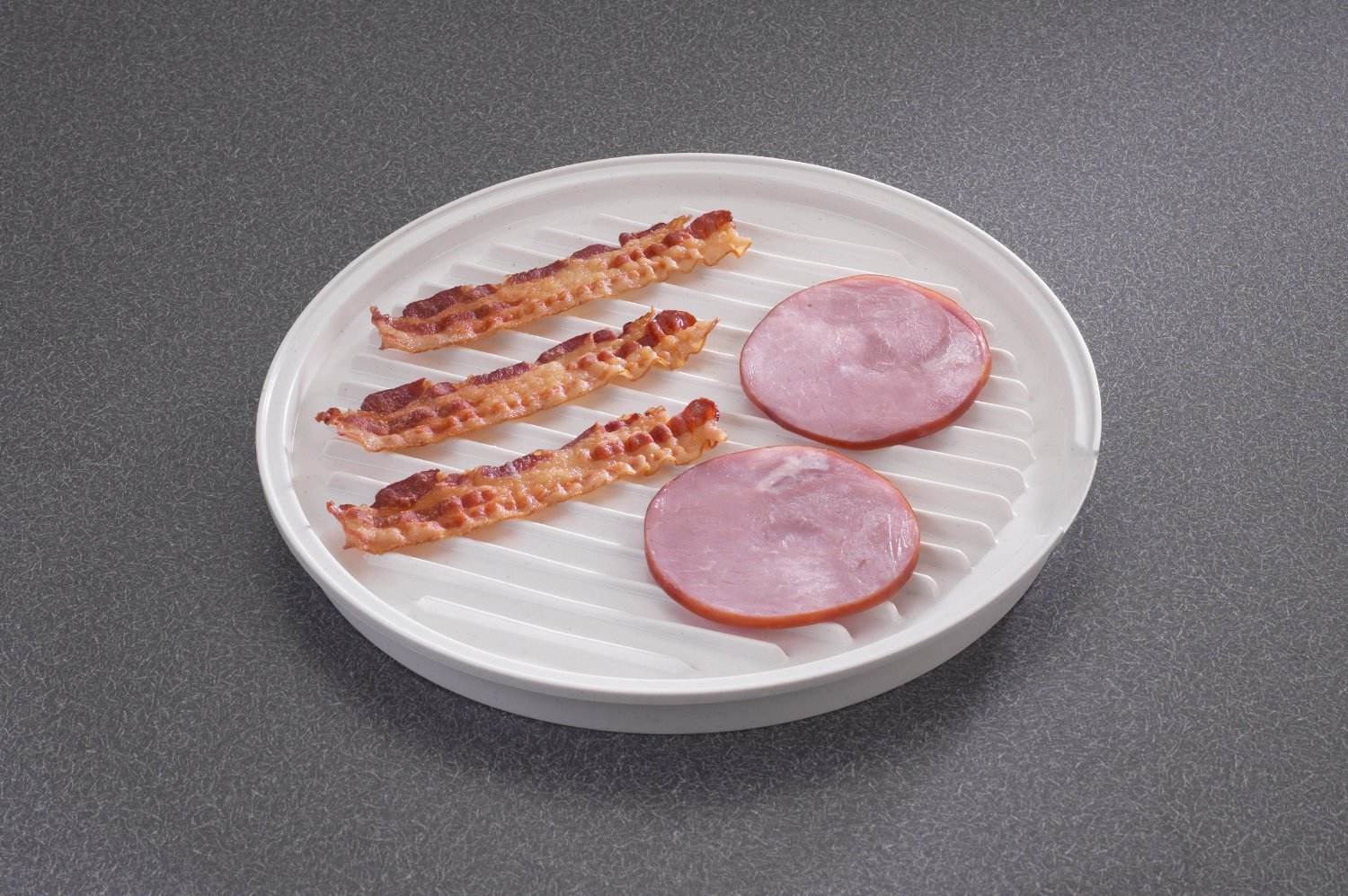

When you choose microwave technology, you are not compromising the quality of the product. Bacon provides great conditions for rapid microwave cooking. Most of today’s systems are automated, user-friendly and fully compliant with safety standards. There are multiple reasons why industrial microwave technology is a manufacturer’s choice for precooking bacon. In the case of retail, it is positioned and marketed as a convenience food to drive sales. Much of the time, packages of 12 to 20 slice counts are found in dairy or deli sections of retail stores. These are typically found in supermarkets, local grocers, convenience stores and even pharmacies. Cooked bits are sold in bulk as toppings for pizzas and salads. It is used on breakfast platters, sandwiches and hamburgers to add flavor. The top players in this market are fast food restaurants. In this market, case counts of 300 slices are typical.

By USDA definition, precooked bacon is “bacon which has been cooked to a finish yield of 40 percent or less.”įor precook markets, the first is the Hotel, Restaurant or Institution (HRI) sector. But before we jump into the obvious economic benefits, a quick overview on definitions and markets of precooked bacon may prove beneficial. Precooked bacon cooking at an industrial level is highly lucrative. It is a multi-billion dollar industry that serves small-scale restaurants, local grocers, international franchises and households alike.īenefits of Precooked Microwave Bacon Cooking Today, microwave bacon sales and production continue to climb year-over-year. Focuses shifted toward further optimization, with computer control systems and remote troubleshooting becoming possible with advances in computer technology. With the new millennium well underway, microwave power exceeded 800kW per system. Within a few years, this figure doubled again. High speed slicers nearly doubled their output, reaching 1,100 slices per minute. As such, microwave precook installations jumped from 50 to 100 worldwide. With new market entrants, the pre-cooked microwave bacon industry experienced a major boom in the late 1990’s into the 2000’s. Automation developed new high speed slicers (750 slices per minute) and conveyor systems for automatic packaging, and naturally, production capacities grew.

Microwave equipment manufacturers met the challenge by introducing more powerful systems in the 300kW range. To their benefit, the automated systems translated into improved safety, a supplemental benefit with worker health and safety standards becoming more stringent.Īs demand requirements grew, major food companies took an interest in the process. The lack of speed via automation, coupled with high-cost labor and inefficient microwave power, pushed manufacturers toward new innovations. Soon enough, the critical gaps in the industrial microwave equipment sector became exposed. The slow-moving and labor-intensive nature of production tasks often resulted in throughput back-ups. Once the bacon moved through the ovens, packaging was done by hand. Likewise, microwave power systems operated in the 100kW range, a figure we would deem inadequate compared to today’s power levels. Relative to today, slicing was done at slow speeds – at a modest 200 slices per minute. First introduced in the late 1970s, bacon cooking equipment entered the industrial microwave market as an unrefined process.


 0 kommentar(er)
0 kommentar(er)
